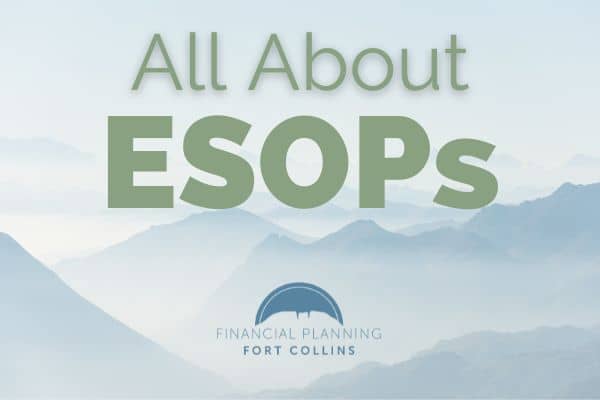
The first employee stock ownership plan (ESOP) was born in 1956. It all started when the 80-year-old co-owners of a newspaper wanted to sell their business and not see the new owner lay off their loyal employees. Their solution was to sell the business directly to the employees.
But the new problem was that the employees could not come up with the cash or financing to make the purchase.
An advisor named Louis Kelso proposed that the employees utilize the company’s tax-qualified stock-bonus plan to make the initial down payment and borrow the remaining funds. After obtaining an exemption from the prohibited transaction rule of the time, the company was able to repay the loan with pre-tax dollars through increased contributions it made to the profit-sharing plan.
Hops and an ESOP
A little more than forty years later, the founders of one of the most well-known microbreweries in Fort Collins partially sold their company to an ESOP that was created specifically for the transaction. After later acquiring all of the shares in the company, New Belgium Brewing Company’s ESOP voted to sell the brewery to Lion Little World Beverages in late 2019. The sale ended 20 years of employee ownership, and the ESOP still represents a bit of Fort Collins local-business lore.
ESOP Upsides
You can probably begin to imagine why an ESOP is the proverbial win-win for business owners and their employees. What if the goals of the newspaper barons of the ’50s were the only upside in completing an ESOP sale? It would be hard to argue that creating a well-funded source of liquidity to purchase your business in addition to substantial employee loyalty are not enough reason to consider selling to an ESOP. From the employee perspective, ownership in your employer and its financial success can be an empowering and rewarding circumstance.
But when the tax benefits of a properly coordinated ESOP transaction are realized, the deal can go from solid to incredible.
ESOPs for Business Owners
Really, any owner or group of owners can sell to an ESOP, but it’s most likely that the seller in an ESOP transaction is a founder or early owner of a business. Because of the logistics and components of the transaction, an ESOP is typically a feasible exit (i.e., liquidity) plan for (larger) small- and medium-sized businesses, but it can be used by companies of all sizes.
One of the key incentives to selling to an ESOP is that it is possible to defer income tax on the transaction by completing a Section 1042 rollover. Ever wondered how you could sell your business and not pay a single dollar of income tax for the transaction? Sell at least 30% of your business to a properly constructed ESOP and complete the post-transaction requirements (including the purchase of Qualified Replacement Property or QRP for short). And voila! You will have done just that.
Make no mistake, the modern ESOP is a major tax planning tool for the seller. But because of its unique characteristics, an ESOP’s tax benefits are a big part of what makes the transaction feasible in the first place. Remember that the original ESOP needed an exception to the prohibited transaction rule to use the plan as a pre-tax financing conduit.
Obtaining that exception — and the resulting tax savings — is what made the math work for both the buyers and the sellers. The modern ESOP, where the exception is now the rule, retains the same tax benefits of allowing the business to service its debt with pre-tax money. Doing so makes the business and its ESOP more likely to be able to repay the financing needed to purchase the company.
ESOPs for Employees
From the employee’s perspective, an ESOP is a qualified retirement plan, like a 401(k) or pension. The primary investment in an ESOP is the employer/business’s stock, and employees typically obtain it through service to the employer with various vesting milestones over time.
Most plans only permit employee-owners to sell their vested shares once they have separated service from the company. This incentivizes employees to vest as many shares as possible in the plan by working for the company for as long as possible.
Different from many other kinds of equity compensation plans, an ESOP has no tax consequences during the accumulation phase of the plan. Where a restricted stock unit (RSU) grant becomes taxable at vest, or an incentive stock option (ISO) exercise generates alternative minimum tax (AMT) consequences, ESOPs by their nature are tax-deferred both at grant and vesting. It’s only when money is distributed from the plan that it becomes taxable as ordinary income.
Because an ESOP is a qualified retirement plan, a participant is permitted to roll the proceeds generated from the sale of ESOP shares over to their pre-tax IRA or 401(k) plan. This benefit allows participants a granular control of the taxation of their ESOP benefits and the potential to divest and diversify away from a large concentration of a single stock without triggering a large tax bill.
No matter which side of the ESOP you’re on, it can be a powerful planning tool. Always consider how an ESOP can benefit you and know the rules relevant to your circumstances. That way, you can make an informed decision — whether you’re selling your business or beginning a career with an ESOP-owned company.
